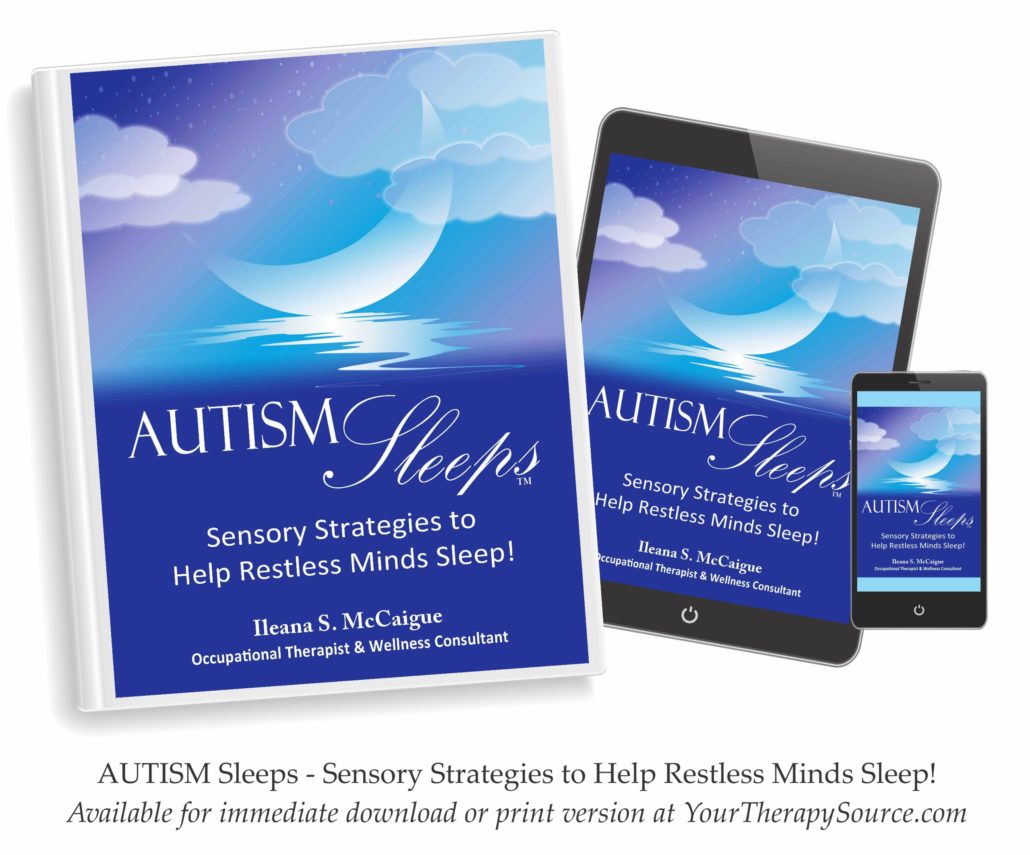Sleep, Bedtime Routines, Anxiety, and Autism
 Sleep, Bedtime Routines, Anxiety, and Autism
Sleep, Bedtime Routines, Anxiety, and Autism
The association between sleep, bedtime routines, anxiety, and Autism Spectrum Disorder in children is an important quality of life issue although there is a limited amount of research regarding this topic. Bedtime routines are a component of sleep hygiene defined as ‘a set of observable, repetitive behaviors which directly involve the child and at least one adult acting in an interactive or supervisory role … in the hour preceding bed each night’.
Some research indicates that parent-reported sleep quality in children with ASD is associated with a consistent bedtime routine such as a consistent bedtime and the same sleep location. In addition, what occurs prior to bedtime can affect the quality of sleep. Certain pre-bedtime activities have been shown to disrupt sleep quality. Pre-bedtime activities that can increase physiological arousal and delay sleep onset include playing video games, active play, watching television and snacks/drinks. Avoiding these activities prior to bedtime may help improve sleep onset.
As children get older they become more independent at bedtime and parental interaction begins to decrease. Although, the increase in age in typically developing children is also associated with a higher frequency of maladaptive pre-bedtime activities (i.e. video games, tv, etc) during the hour before bedtime.
For children with ASD there is an association between sleep problems and anxiety symptoms. Research indicates that parent-reported sleep problems predicted later anxiety in school-aged children with ASD. In a small study of 21 children with ASD, there was a reduction in sleep quality characterized by an increase in anxiety symptoms and an increased frequency of maladaptive activities in the hour before bedtime.
Children with ASD should have a consistent bedtime routine and reduce maladaptive pre-bedtime activities to possibly increase sleep quality and decreased anxiety symptoms.
Reference: Fletcher, F. E., Foster-Owens, M. D., Conduit, R., Rinehart, N. J., Riby, D. M., & Cornish, K. M. (2017). The developmental trajectory of parent-report and objective sleep profiles in autism spectrum disorder: Associations with anxiety and bedtime routines. Autism, 21(4), 493-503.
Autism Sleeps™ is an easy-to-read manual to help people with sensory processing difficulties, Autism Spectrum Disorders or a restless mind, achieve an overall healthy sleep experience. It serves as a thorough resource for sleep sensory strategies and suggestions for preparing the “sleep environment”. Sample bedtime and wake-up routines are provided as templates, especially to guide parents of children with sleep difficulties. Find out more information.
Read more about autism and sleep:
Aquatic Exercise and Sleep in Children with Autism
Sensory Over-Responsivity, Autism, and Sleep

 Sleep, Bedtime Routines, Anxiety, and Autism
Sleep, Bedtime Routines, Anxiety, and Autism

